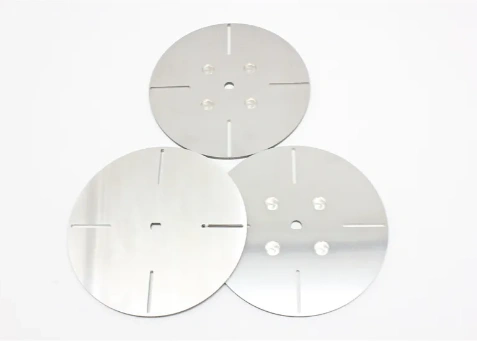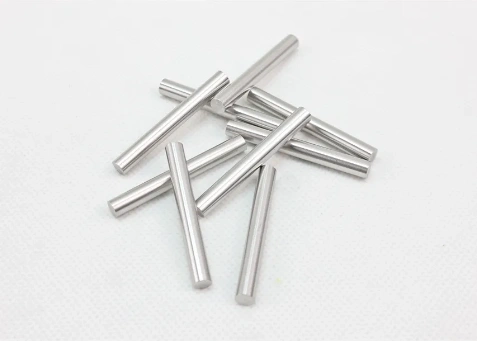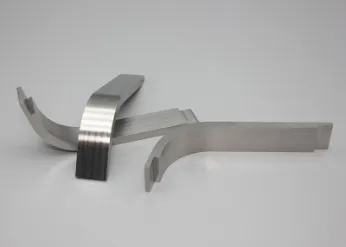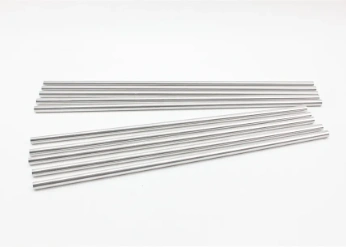What is the Tungsten Alloy Sensor Counterweight?
In High-Precision Sensors, Even a Tiny Fraction of a Gram Counts
When accuracy defines performance, even the smallest imbalance can throw off results, leading to costly errors. A tungsten alloy sensor counterweight is a precisely made part that keeps sensors and measuring tools balanced and stable. Its main job is to reduce unwanted movement or vibrations so the sensor gives precise, reliable readings.
Tungsten alloys are created by mixing tungsten with tiny bits of nickel, iron, or copper, making a very stable material. Tungsten’s density is approximately 1.7 times that of lead and 2.5 times that of steel. As a result, smaller components can provide the same or even greater balancing power.
Why Tungsten Alloy? The Science of Density and Stability
Tungsten has a density of about 19.25 g/cm³, while lead is around 11.34 g/cm³ and steel is approximately 7.85 g/cm³. As a result, tungsten-based counterweights can provide maximum mass within minimal space.
Beyond density, tungsten alloys also offer:
- Superior vibration resistance
- High corrosion resistance
- Excellent thermal stability
- Long service life
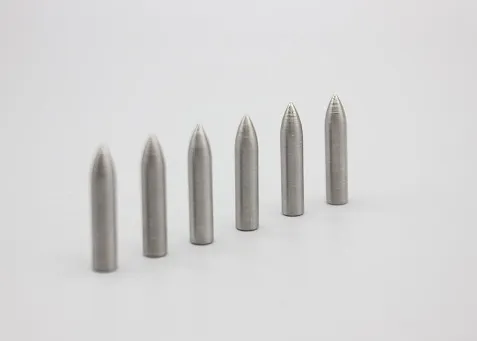
Applications of Tungsten Alloy Sensor Counterweight Across Industries
Tungsten alloy sensor counterweights are indispensable across a range of industries where precision is paramount:
Aerospace and Aviation
Aircraft sensors must endure rapid changes in pressure and temperature. Tungsten’s density ensures counterweights maintain stability even under extreme acceleration or vibration.
Automotive Engineering
In vehicles, sensor accuracy influences aspects such as fuel efficiency and safety systems. Tungsten counterweights ensure sensors remain calibrated even after millions of operational cycles.
Medical Devices
Tungsten counterweights keep sensors steady and reduce noise in MRI machines and surgical robots, helping ensure accurate results and safe procedures.
Industrial Automation
Tungsten alloy counterweights in heavy machinery help make sensors and motion detectors more reliable.
How Tungsten Counterweights Improve Sensor Accuracy
Precision sensors depend on balance. Any shift or vibration can skew readings, making devices unreliable. Tungsten alloy counterweights add necessary mass damping, which reduces unwanted oscillations.
They basically work as quiet stabilizers, making sure sensors give accurate data no matter the conditions. Accurate results are important in areas like aerospace and medical imaging because errors can be expensive.
FAQs: You Need to Know About Tungsten Alloy Sensor Counterweights
- Q1. What makes tungsten alloy ideal for sensor counterweights?
- Its exceptional density and stability make tungsten alloy the perfect choice for balancing precision instruments.
- Q2. Are tungsten counterweights environmentally friendly?
- Yes, they are lead-free and comply with RoHS environmental standards.
- Q3. Can tungsten alloys be customized for different sensor designs?
- Absolutely. Manufacturers can machine tungsten into various shapes, sizes, and weight specifications to match specific sensor requirements.
- Q4. What is the lifespan of a tungsten alloy counterweight?
- Typically, these counterweights can last over 10 years under regular use, thanks to their corrosion and wear resistance.
- Q5. Is tungsten alloy more expensive than steel or lead?
- While tungsten is costlier upfront, its durability and performance benefits lead to lower lifetime costs.
In a world where accuracy means efficiency, tungsten alloy sensor counterweights offer the perfect balance of strength, density, and reliability.

 EN
EN AR
AR FR
FR DE
DE HI
HI IT
IT JA
JA KO
KO PT
PT RU
RU ES
ES ID
ID LV
LV VI
VI HU
HU MS
MS GA
GA BE
BE YI
YI EU
EU